Glass act: the story of the champagne coupe
Celebrating the charm of the champagne coupe, the classiest glass of them all
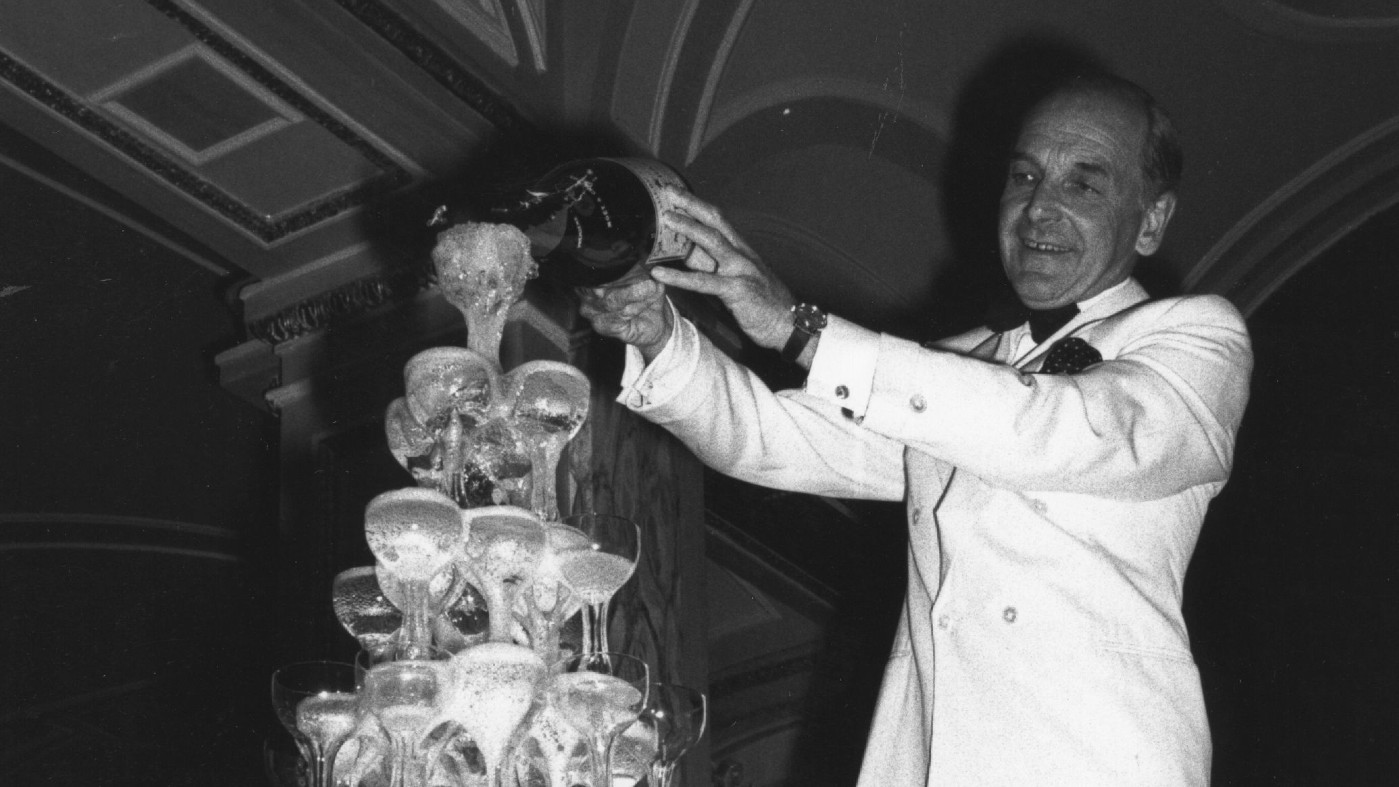
Christmas creates conundrums. Tree? Norway spruce or Nordmann fir? Turkey or goose? Presents before lunch... or after? And breakfast champagne? To be served in a high and slender flute or a shallow and chic coupe?
The oenophile's choice? Une flûte à champagne – tall and tapered, either with a conical base or straight-sided with an inward taper – which was first manufactured in the mid 1600s by English glassmaker George Ravenscroft (the Brits, of course, being by then the world's biggest consumers of champers), its slender form minimising the oxygen-to-wine ratio by reducing the surface area where carbonisation can disperse, enhancing both aroma and taste.
The coupe's origin story is much naughtier, sexier and sillier – the shallow, mammary jatte-téton (breast bowl) shape said to be modelled on, variously, the petite breasts of historically significant women including the mythical Helen of Troy, Marie-Antoinette (born 1755) or even keen Moët imbiber Madame de Pompadour (born 1721).
The Week
Escape your echo chamber. Get the facts behind the news, plus analysis from multiple perspectives.

Sign up for The Week's Free Newsletters
From our morning news briefing to a weekly Good News Newsletter, get the best of The Week delivered directly to your inbox.
From our morning news briefing to a weekly Good News Newsletter, get the best of The Week delivered directly to your inbox.
Alas, this is probably fanciful glassware tattle; la coupe more likely derived from the mastos cup, a breast-shaped drinking cup used by the Greeks. The first visual record of champagne consumption, Jean-François de Troy's 1735 painting Le Déjeuner d'huîtres, depicts a riotous scene of a post-hunt bacchanal, the men drinking champagne from small, bowl-shaped glasses.
A hundred years later, another regal influencer would popularise the coupe amongst Britain's champagne socialisers. Queen Victoria was said to dislike French bubbly because it made her burp – she even set a trend for the carrying of pocket whisks with which to dissipate the CO2. Victoria insisted on coupes over flutes because their larger surface area meant less fizz.
No wonder the coupe has long been acknowledged as the more glamorous goblet. Marilyn Monroe and Sophia Loren drank from its libidinous architecture; Karl Lagerfeld, inspired by Marie-Antoinette's original bol-sein, referenced Claudia Schiffer's famous form for a Dom Pérignon champagne bowl in 2008; and in 2014, artist Jane McAdam Freud and London restaurant 34 Mayfair created the 34 Kate Moss Coupe, modelled on the British model's left breast. Another reason for the coup(e) d'état currently underway in the best boîtes? You can't make a champagne fountain with tall, thin glasses...
A free daily email with the biggest news stories of the day – and the best features from TheWeek.com
Simon Mills is Life & Times Editor of The Blend
-
 Political cartoons for November 13
Political cartoons for November 13Cartoons Thursday's political cartoons include a flurry of Epstein files, grocery prices, and an end to the shutdown
-
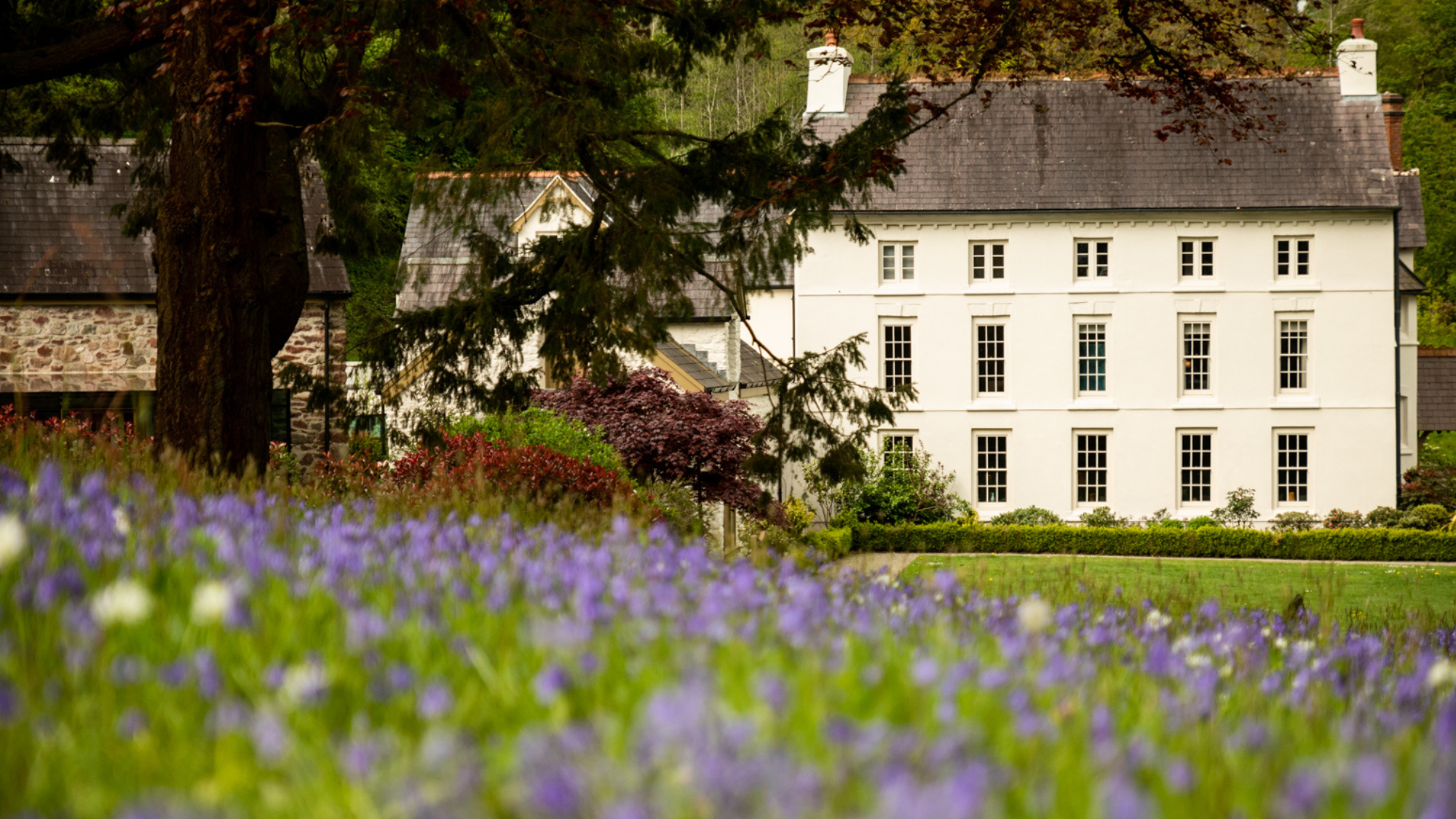 Grove of Narberth: comfort and style in the Welsh countryside
Grove of Narberth: comfort and style in the Welsh countrysideThe Week Recommends This boutique Georgian manor in Pembrokeshire is the perfect rural retreat
-
 Sudoku medium: November 13, 2025
Sudoku medium: November 13, 2025The Week's daily medium sudoku puzzle
-
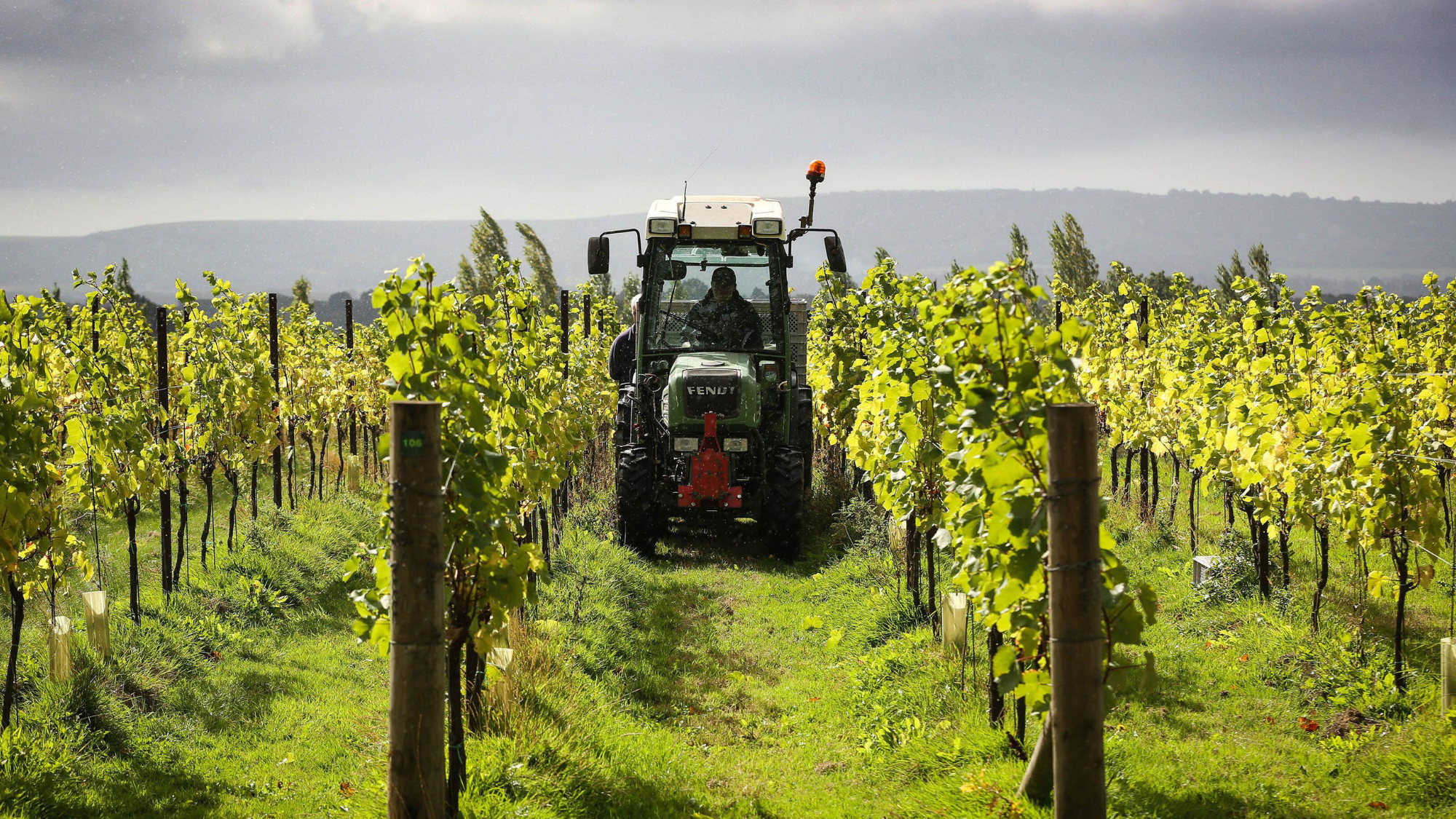 The rise of English sparkling wine
The rise of English sparkling wineThe Week Recommends As UK-based brands give champagne a run for its money, here’s everything you need to know about choosing the right bottle
-
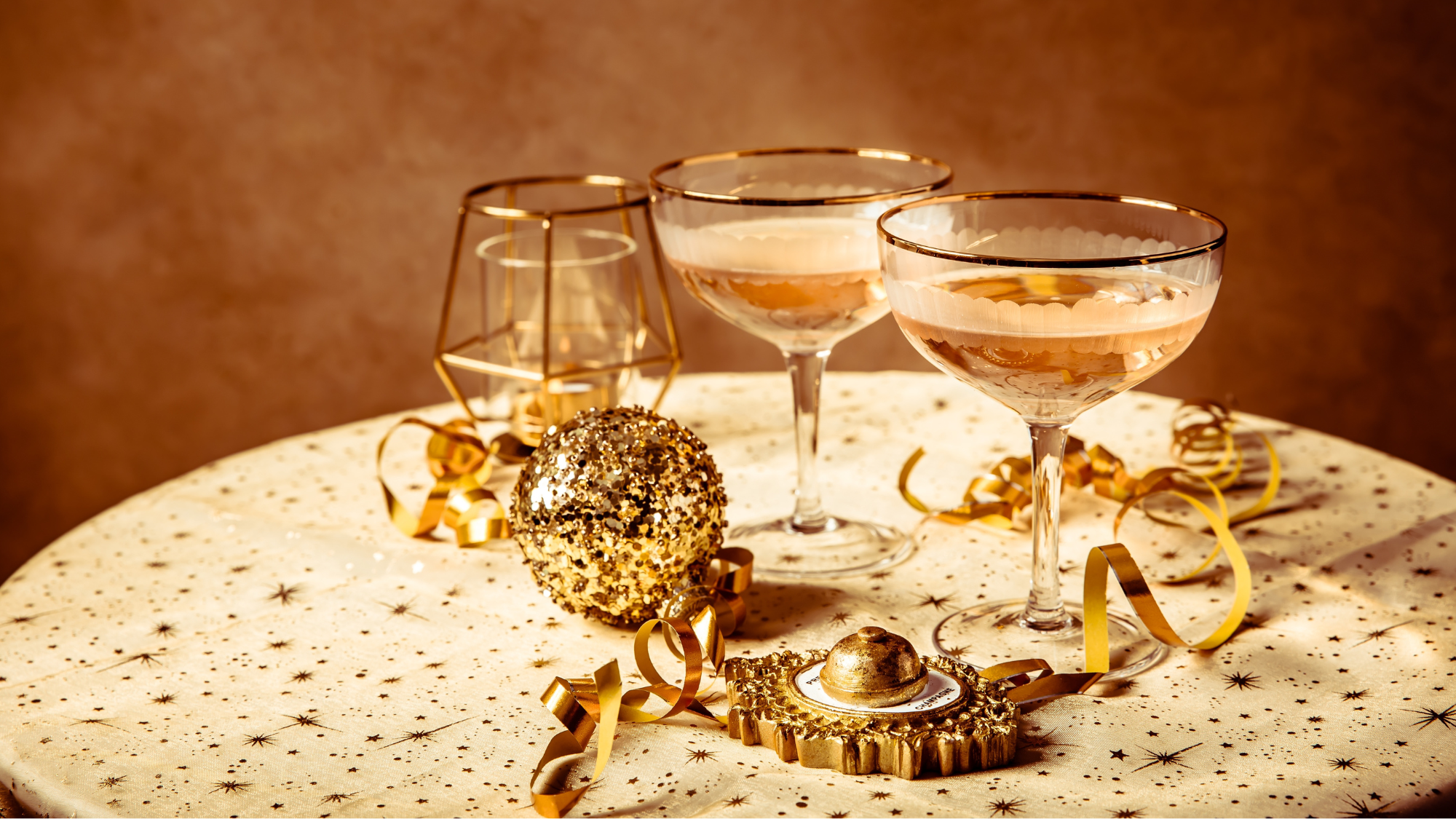 The best non-alcoholic fizz for Christmas
The best non-alcoholic fizz for ChristmasThe Week Recommends Add some quality, booze-free sparkle to your festive drinks list
-
 Take a Champagne-drinking tour across the globe
Take a Champagne-drinking tour across the globeThe Week Recommends Pop off at one of these seven Champagne-centric bars
-
 The Week's 2023 holiday gift guide
The Week's 2023 holiday gift guideThe Week Recommends You'll want to check this list twice
-
 Christmas champagne pairing: an expert's guide
Christmas champagne pairing: an expert's guideThe Week Recommends Françoise Peretti shares her top champagne tips for the festive season
-
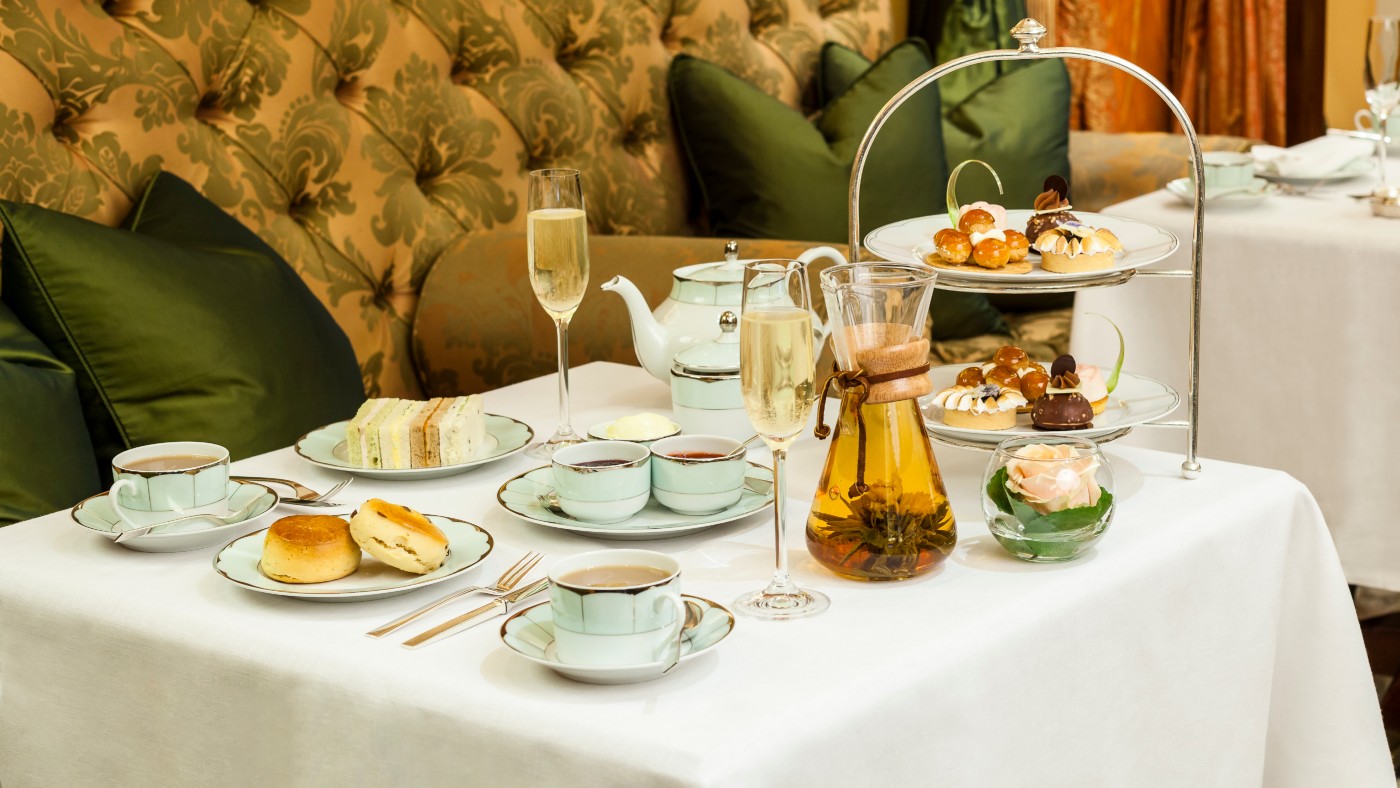 Champagne styles which pair perfectly with afternoon tea
Champagne styles which pair perfectly with afternoon teafeature Enjoy a glass of bubbly and add some sparkle to this great British tradition
-
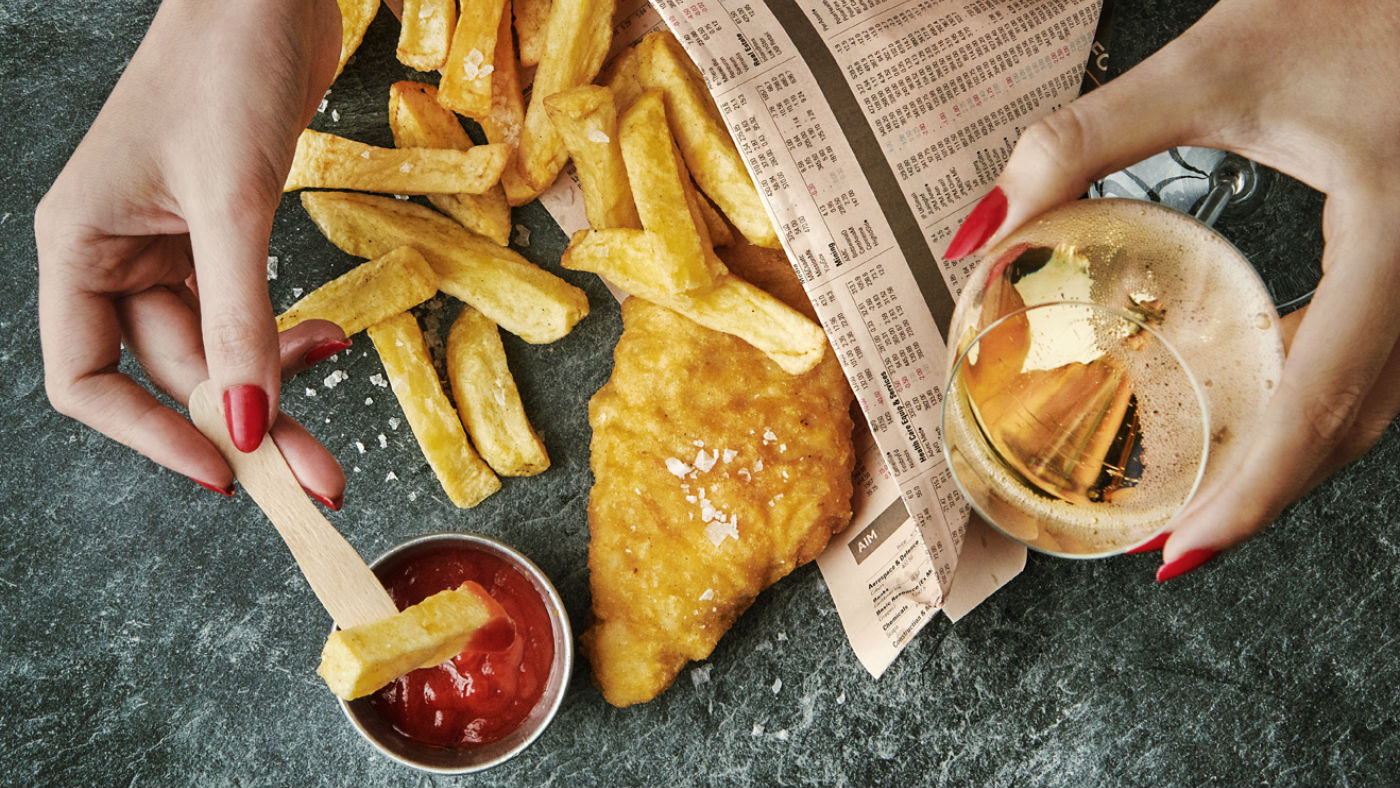 Fish, chips and bubbles: pairing champagne with classic takeaway food
Fish, chips and bubbles: pairing champagne with classic takeaway foodSpeed Read Add some sparkle to your meals with the perfect style of champagne
-
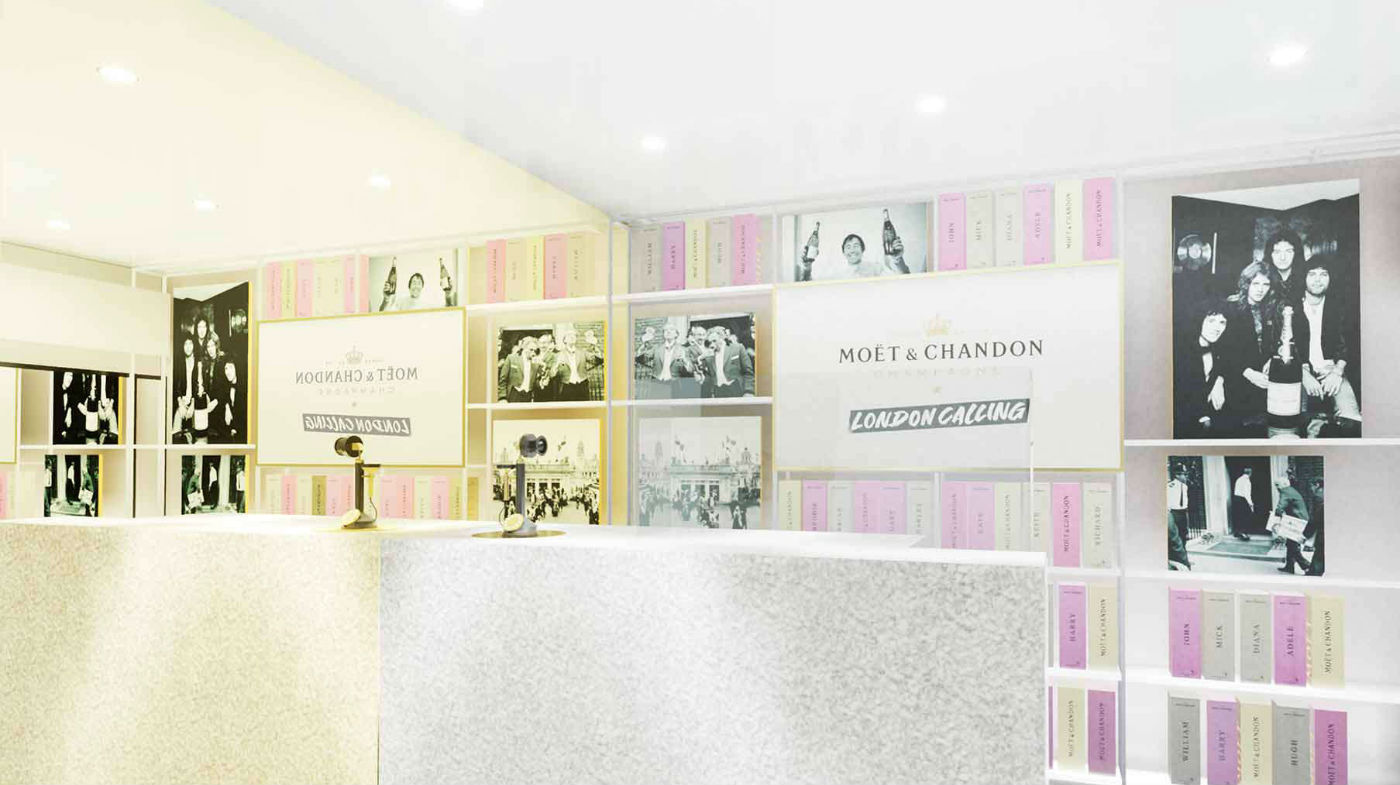 Moët & Chandon’s bijou bar pops up at Selfridges London
Moët & Chandon’s bijou bar pops up at Selfridges LondonSpeed Read Retail therapy just got even better thanks to this cocktail bar with an arty twist